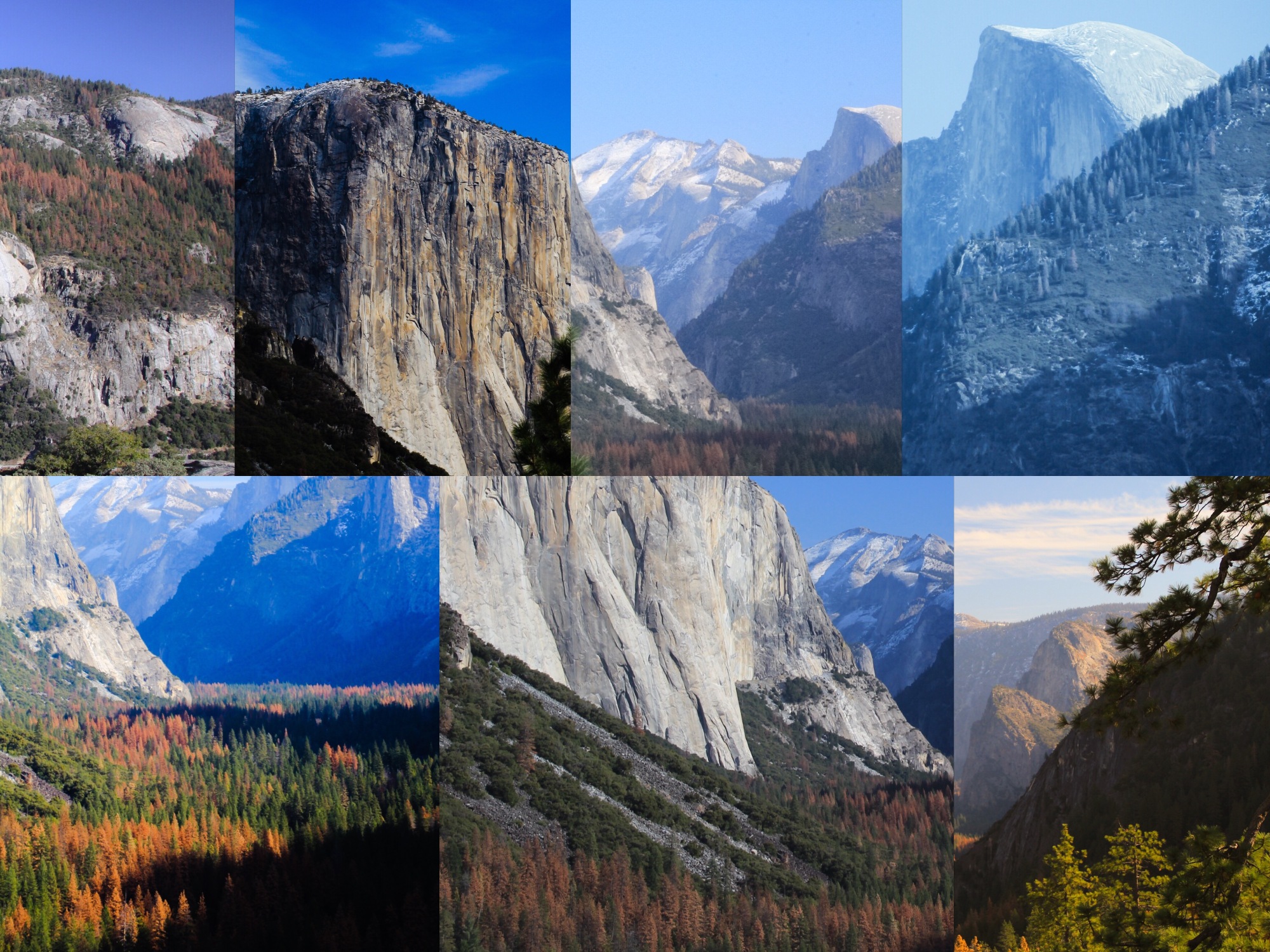Beauty.
What is art? I begin to touch upon this in post #4, in the part where I mention how students show their first artistic photograph of something overlooked to a family member (they usually point to their moms) and an exclamation of disappointment follows. Something along the lines of why not take a photograph of something beautiful, like roses? I love roses, you should take a photograph of that. What is art, what is beauty? These are super big questions and ones that I love to ask my students. I generally start with: What is art? The beauty answers itself throughout the development of the course.
This is one of my favorite assignments and I must give credit to Art 21 for its inspiration. Students are asked in class to define what expressive qualities constitute art. A list commences on the board. I then pull up a very agreed upon piece of art–something like the Mona Lisa or a Van Gogh painting to explore through those qualities while bridging into WHO makes a work of art. What ensues usually breaks down to “expressive, emotive, communicative, notions of time and space, and material.” Afterward, students break up into smaller groups to create a group definition of art, which is later put to the test with a group assignment of creating a work of art to share with the option of then redefining their definition of art.
Recently, there was an outburst amidst this exercise in class. Two students had greatly opposing viewpoints of what constitutes a work of art and who it was made by. One student claimed that if no one sees a work of art, other than the maker, then it cannot be considered a work of art by standard conventions. Another student brought up examples of a child that makes a beautiful drawing only to crumple it up and hide it away or even of herself creating a painting only to not show anyone. Is this not art? To me, this outburst was heartwarming. To see students in an introductory class very passionate about the meaning of what we are studying makes my day. These conversations begin to bridge the maker of art with the viewer of art. That suddenly, something so ordinary–even looked at with disdain (the photographs of dirt or the modern white paintings at museums) could become a topic of such passion when one has the agency to define it in their own realm of understanding. And questioning. This is where notions of beauty work itself throughout the quarter–through expression and communication.
I’ve seen this similar sense of agency when I allow students to grade themselves or even one another. It always surprises me, how tough, honest and introspective they can be. One of my favorite assignments, which I created for an advanced class, is allowing students to come up with their own final assignment, a timeline, and a predetermined grading rubric (all of their own construction). Their grading rubric is entirely up to them–-they must have a method and be specific. One student decided to grade herself not on her final photographs, but on her process. The final photographs were a reflection of that process, but not necessarily reflective of the grade she felt she deserved. It was important for her to focus on the process, which included a lot of walking and journaling. The photographs tended to reflect her thoughts. Not a single student gave themselves 100%, and this constituted a good chunk of their final grade as a final assignment. They filled out their rubric and wrote extensive notes on each segment they graded themselves on. This was beautiful. They were now having a dialogue with their own imagination. A friend of their own mind.
